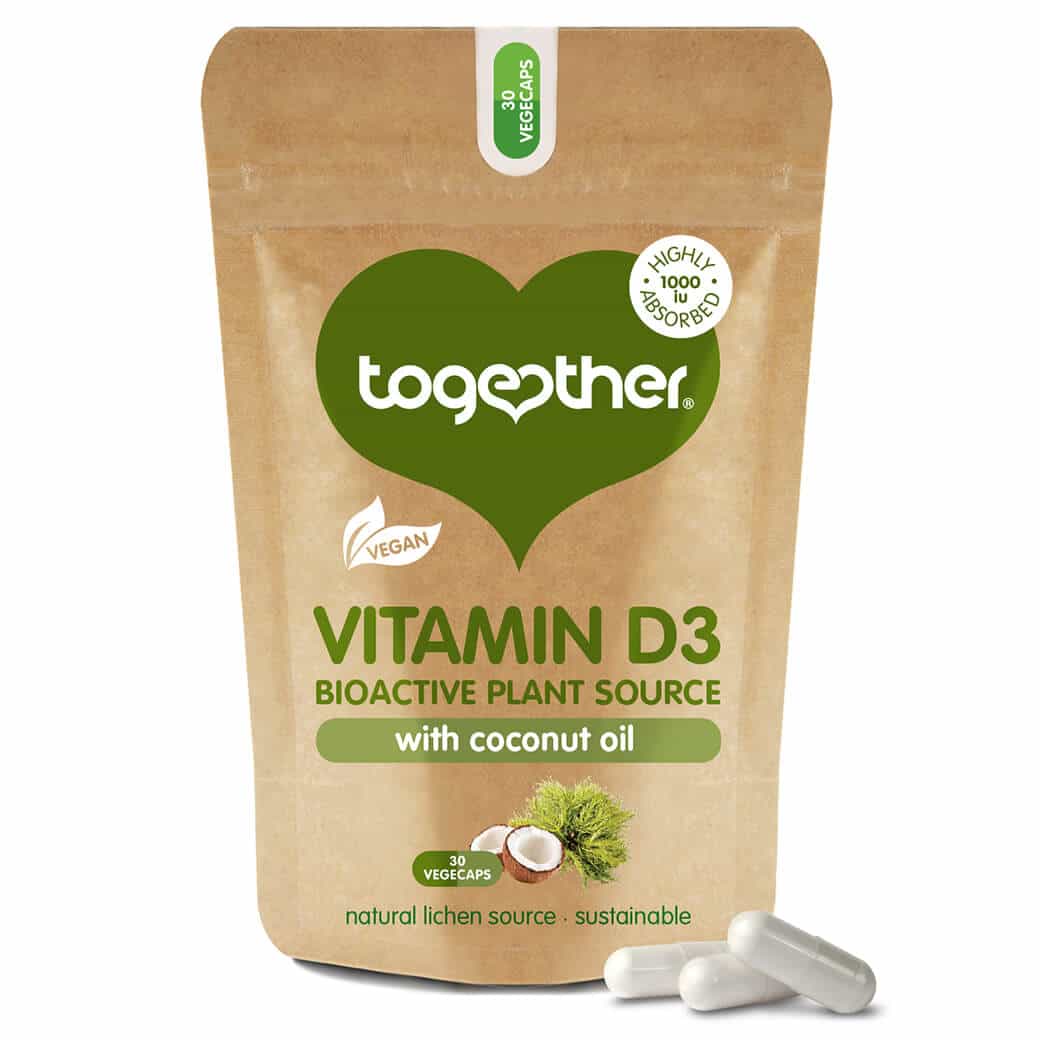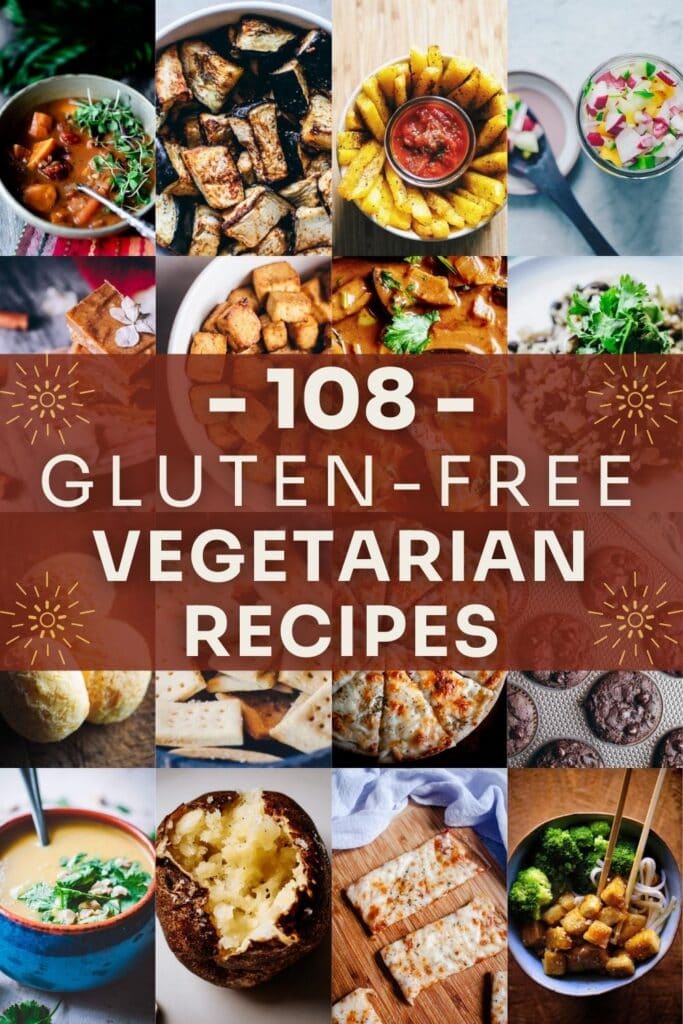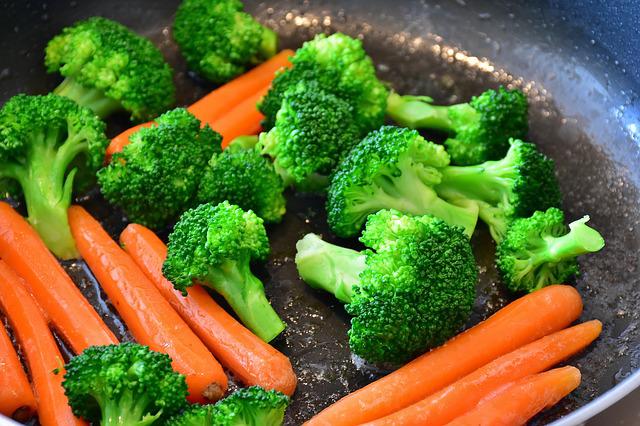
A healthy vegan diet will include many foods rich fiber. These foods include fruits, vegetables, legumes and nuts. This includes foods rich in protein and green leafy veggies. Sugar has no nutritional value, and it is an empty calorie. Sugar can also spike your blood glucose and make your body more responsive to insulin. This can lead you to storing fat and increasing your weight. This can be combated by eating more fiber-rich fruits, vegetables, and other foods.
Nuts
Nuts are one of the most important food groups in a vegan diet plan. They are rich in nutrients, fiber, and essential fatty oils. They are also high in protein. For example, the protein content of pistachios is higher than that of an egg. The combination of fiber, fat, and protein can make people feel fuller for longer periods. Nuts can be easily added to food. They can also be soaked to make spreads and finely ground to make milk.
Water
Water is an essential part of any vegan diet. But you might not realize how vital it is. Water is important for the body's proper functioning. It also helps to reduce the chance of many health problems like constipation, diarrhea, and other issues. Vegans may neglect to hydrate properly and end up becoming dehydrated. Vegans might be interested in taking a supplement.

Vegetables with green leaves
Green leafy vegetables contain a lot of fiber as well as a wide range of vitamins and mineral. They're also a good source of folate, vitamin C and vitamin D. Combining all of these nutrients can make you feel better and help prevent diseases. Leafy vegetables are good to your heart and reduce your chance of developing cardiovascular disease.
Protein-rich foods
A variety of plant-based foods contain protein rich foods that can be easily included in a healthy vegan diet. For example, soy-based tofu contains 8g of protein per 100g, and can be cooked in many ways. It can be used to make soups, or blended into a smoothie. Peanut butter is another easy-to-eat source for protein, with 3g per teaspoon.
Calcium-rich foods
Nuts are one of the easiest and most effective ways to obtain calcium. Many nuts contain high amounts of calcium. One-fourth of a cup of brazil nuts has 96 mg of Calcium, and a quarter of a cup of walnuts contains just over 40mg of calcium. These nuts also have plenty of other essential nutrients, such as fiber and protein.
Fibre-rich foods
Fibre-rich foods can have many positive effects on your diet. These foods are great for lowering cholesterol and stabilizing blood sugar levels. They also aid in maintaining a healthy digestive system. Aim to consume at least 25g of dietary fiber per day. Fruits and veggies are good sources of fiber.

Vitamin D supplement
Vitamin D can be an important nutrient in a healthy vegan lifestyle. Vitamin D is important for the prevention of cancer as well as reducing your risk of developing heart disease. Vitamin D is unique among vitamins in that it can both be obtained from food and can also be made by the body when exposed to sunlight. Fortified foods, eggs and mushrooms are good sources of vegan vitamin-D. Vegans can get the recommended daily intake of vitamin D through supplements.
FAQ
How can weight change with age?
How can you determine if your bodyweight is changing?
When there is more muscle mass than fat, weight loss can occur. This means that the daily calories consumed must not exceed the energy used. Reduced activity is the leading cause of weight gain. Others include pregnancy, hormonal imbalances or certain medications. If there is more body fat than muscle mass, then weight gain can occur. It occurs when people eat more calories each day than they use. Common reasons include overeating, increased physical activity, and hormonal changes.
Our bodies lose weight mainly because we consume less calories than what we burn. Regular exercise increases metabolism, which means that we burn more calories per day. This does not necessarily mean that we will get thinner. All that matters is whether we are losing or gaining weight. We will lose weight if we burn more calories than we consume. If we consume more calories that we burn, then we are actually storing them in fat.
As we age, we become less agile and don't move as often. We also tend to consume less food than when we were younger. Also, we are more likely to gain weight. On the other hand, we have more muscle mass and look larger than we actually are.
There is no way to measure how much weight your body has lost without weighing yourself every week. There are many options for measuring your weight. There are many ways to measure your weight. You can check your waist, hips, thighs, arms and legs. Some people prefer to use the bathroom scales, while some prefer to use tape measurements.
For a better track of your progress, try to weigh yourself once per week and measure your waistline once every month. You can also take images of yourself every few weeks to see how far it has come.
Online data can be used to determine your weight. If you are 5'10' tall and weigh 180lbs, your weight would be 180.
How does an antibiotic work?
Antibiotics kill harmful bacteria. To treat bacterial infections, antibiotics are used. There are many types and brands of antibiotics. Some can be taken orally while others can be injected. Others are topically applied.
Antibiotics can often be prescribed for people who have been infected with certain germs. For example, if someone has had chicken pox, he or she might take an oral antibiotic to prevent shingles later on. A penicillin injection might be given to prevent pneumonia in someone who has had strep.
Children should not be given antibiotics without the consent of a doctor. Side effects of antibiotics can be more dangerous for children than for adults.
Diarrhea is the most common side effect from antibiotics. Other possible side effects include stomach cramps, nausea, vomiting, allergic reactions, headaches, dizziness, and rashes. These symptoms usually go away after treatment ends.
What's the problem with BMI?
BMI stands For Body Mass Index. It is a measurement of body mass based on height and/or weight. This formula calculates BMI.
The weight of a kilogram divided by its squared height in meters.
The result can be expressed in a number between 0 to 25. Scores between 0 and 25 indicate obesity. Scores higher than 18.5 are considered overweight. Scores higher than 23 are considered obese.
A person who is 100kg and 1.75m tall will have a 22 BMI.
Why is it important to live a healthy life?
Having a healthy lifestyle helps us live longer, happier lives. Regular exercise, healthy eating habits, healthy sleep habits and stress management can all help prevent strokes, heart disease, diabetes, and cancer.
Healthy lifestyles will help us to cope with daily stresses better and improve our mental health. A healthy lifestyle will increase self confidence, and it will make us feel younger.
How often should i exercise?
Exercise is essential for maintaining a healthy lifestyle. But, you don't need to spend a specific amount of time exercising. The key is finding something you enjoy and stick with it.
It is a good idea to exercise at least three times per week. Then, you should aim to do between 20 and 30 minutes of moderate-intensity activity. Moderate intensity will mean that you'll continue to be exerting yourself afterward. This type workout burns about 300 calories.
You can walk for 10 minutes every day if that is what you prefer. Walking is low in impact and easy for your joints.
You can also run for 15 minutes, three times per week. Running can help you burn calories and to tone your muscles.
You can start slow if you are new to exercise. Begin with 5 minutes of cardio every other day. Gradually increase the time you do cardio until your goal is reached.
What's the difference between fat/sugar?
Fat is an energy source that comes directly from food. Sugar is a sweet substance that can be found naturally in fruits or vegetables. Both fats and sugars provide the same number of calories. Fats have twice the calories of sugars, however.
Fats are stored in the body and contribute to obesity. They can cause cholesterol buildup which can lead to strokes and heart attacks.
Sugars can be quickly absorbed by your body and give you instant energy. This causes blood glucose levels in the body to rise. High blood glucose levels can pose a danger because they increase the chance of developing type II Diabetes.
What are 10 healthy lifestyle habits?
-
Have breakfast every day.
-
Don't skip meals.
-
Keep a balanced diet.
-
Drink plenty of water
-
Take care of your body.
-
Get enough rest.
-
Stay away from junk foods.
-
Get at least one form of exercise each day.
-
Have fun!
-
Make new friends
Statistics
- Extra virgin olive oil may benefit heart health, as people who consume it have a lower risk for dying from heart attacks and strokes according to some evidence (57Trusted Source (healthline.com)
- In both adults and children, the intake of free sugars should be reduced to less than 10% of total energy intake. (who.int)
- According to the Physical Activity Guidelines for Americans, we should strive for at least 150 minutes of moderate intensity activity each week (54Trusted Source Smoking, harmful use of drugs, and alcohol abuse can all seriously negatively affect your health. (healthline.com)
- According to the 2020 Dietary Guidelines for Americans, a balanced diet high in fruits and vegetables, lean protein, low-fat dairy and whole grains is needed for optimal energy. (mayoclinichealthsystem.org)
External Links
How To
What does the meaning of "vitamin?"
Vitamins are organic compounds found naturally in food. Vitamins help us absorb nutrients from foods we eat. Vitamins cannot be produced by the body. They must be obtained from food.
There are two types: water-soluble and fat-soluble vitamins. Water soluble vitamins dissolve easily in water. These include vitamin C (thiamine), Vitamin B1 (riboflavin), Vitamin B2 (riboflavin), Vitamin B3 (niacin), Vitamin B6 (pyridoxine), Vitamin C, B1 (thiamine), Vitamin B2 (riboflavin), Vitamin B3 (niacin), and Vitamin B6 (pyridoxine). Fat soluble vitamins are stored in the liver and fatty tissue. Examples include vitamin D, E, K, A, and beta carotene.
Vitamins are classified according to their biological activity. There are eight main groups of vitamins.
-
A - essential for normal growth and maintenance of health.
-
C - important for proper nerve function and energy production.
-
D - necessary for healthy bones and teeth.
-
E is required for good vision and reproduction.
-
K - essential for healthy nerves, muscles, and joints.
-
P - essential for strong bones, teeth and tendons
-
Q – aids digestion and absorption.
-
R - Required for red blood cell production
The recommended daily intake (RDA), of vitamins varies with age, gender and physical conditions. The U.S. Food and Drug Administration has established the RDA values.
For adults over 19 years, the RDA is 400 mg per day for vitamin A. Pregnant mothers need 600 micrograms a day to ensure fetal growth. Children ages 1-8 require 900 micrograms per day. For infants younger than one year, 700 micrograms are required daily. However, this number drops to 500 micrograms each day for children aged 9-12 months.
Children aged 1-18 years need 800 micrograms daily, while children overweight require 1000 micrograms per days. Children who are severely obese or underweight will need 1200 micrograms each day.
Children aged 4-8 years old who have been diagnosed as having anemia require 2200 micrograms of vitamin C per day.
2000 micrograms daily is required for adults over 50 to maintain their general health. Breastfeeding or pregnant women require 3000 micrograms per daily due to higher nutrient demands.
1500 micrograms are required daily by adults over 70 because they lose approximately 10% of their muscle each decade.
Women who are pregnant or lactating need more than the RDA. Pregnant women need 4000 micrograms per dayduring pregnancy and 2500 micrograms per day after delivery. Breastfeeding moms need 5000 micrograms per daily when breastmilk production occurs.